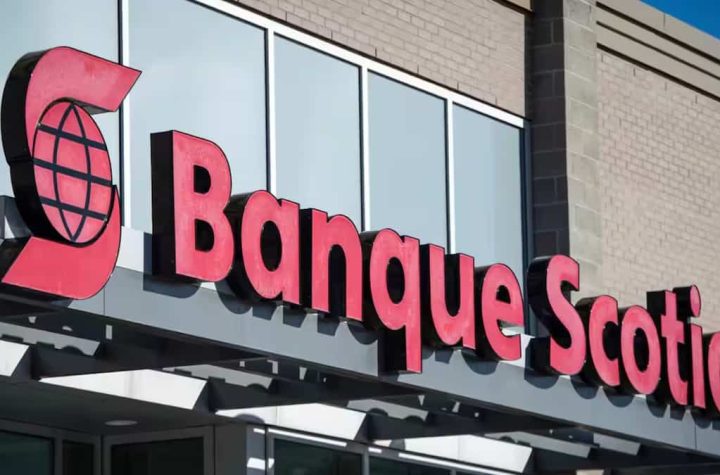
Six years ago, Simon bought a mobile canteen for $110,000 and his father agreed to act as guarantor for the loan. Unfortunately, this decision has serious consequences.
When Simon bought his mobile canteen route (truck and location), he was excited and happy to be his own boss. “I invested all of my savings — $10,000 — and I took out a loan to pay off the $100,000 balance. The bank required a deposit, and my father, Jacques, was kind enough to approve me,” he recalled.
At the time, business was good, but the pandemic disrupted everything. After months of forced shutdowns, operations have resumed, but nothing is the same. “Many office workers are now working from home, which has caused a significant drop in customers and revenue. I have not been able to bounce back financially,” laments Simon.
His trouble is that now he is struggling to pay his debts. He tried to sell his business, but he failed because it was now much less profitable than before. The loan was refinanced twice to repair the truck and inject funds into the business, with a balance now of $78,000.
“However, in the case of a co-signed or guaranteed loan, all signatories, here Simon and Jacques, are 100% liable. So the bank can demand the entire loan from everyone,” explains Pierre Fortin, president of Jean Fortin et Associates. The noose tightens around Simon as he realizes he can no longer postpone the problem.
$58,000 in debt
Simon hesitated before telling his father because he didn't want to worry him. However, in the impasse, he had to resign to negotiate with him. Both went to see a personal financial advisor from Jean Fortin to find out what their options were.
Jacques is 69 years old and has been retired for many years. He is not rolling in gold: his income allows him to pay his minimum expenses, but little more. He has no savings or a home, just a $20,000 RRSP, which is elusive in the event of a bankruptcy or consumer proposal.
As for Simon, he is single and has no assets or savings. After his business closes, he hopes to find a job that earns him $50,000 a year.
“The value of the truck is about $20,000, which leaves the bank with an estimated loss of $58,000, which only Jacques will have to repay, as his son cannot,” asserts Pierre Fortin.
Two different solutions
After reviewing the advantages and disadvantages of bankruptcy and the consumer proposal, Jacques finally chose bankruptcy. “Due to his low income and this being his first bankruptcy, he will have to make monthly payments of $170 for nine months. Subsequently, he will be freed from his debts and the stress that the situation causes,” notes Pierre Fortin.
As for Simon, due to his young age, he preferred the consumer proposal, which has a duration of 60 months. Counsel at Jean Fortin negotiated with the bank and obtained its agreement for the sum of $14,500 to be paid in 60 monthly payments of $242. “With a salary of $50,000, if he went bankrupt, he would have to pay back a total of $5,500. It is a lower amount than the proposal, but he rightly prefers to avoid bankruptcy,” concluded Pierre Fortin.
advice
- Remember that your signature as a guarantor or co-signer will bind you in the future in the event of default. Make yourself aware of the risks and responsibilities before signing. Of course, you should only guarantee a loan to a friend or loved one if you have the means to repay the loan.
- Age is a determining factor when assessing the relative advantages and disadvantages of a bankruptcy and consumer proposal. The younger a person is, the more likely they are to experience financial hardship later in life after a divorce or job loss.
- The best way to avoid a second bankruptcy? This is not the first! Bankruptcy should be considered as a last resort and when it is financially possible to do so, it is best to opt for a consumer proposal.





More Stories
Scotiabank customers can't get their pay: “We've fixed the problem”
His wife was badly beaten at CHSLD
Here is my response to Minister Pierre Fitzgibbon's insult about the school tax